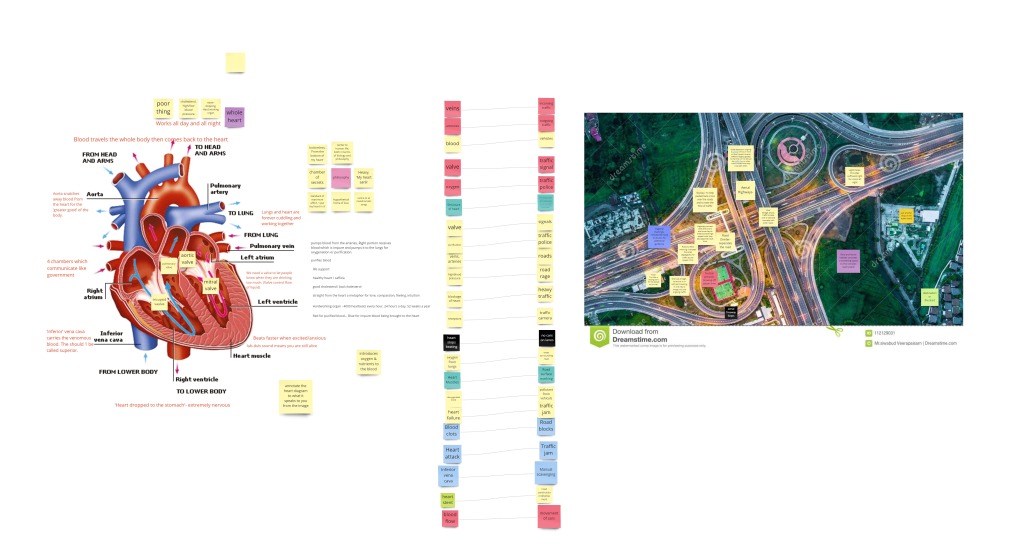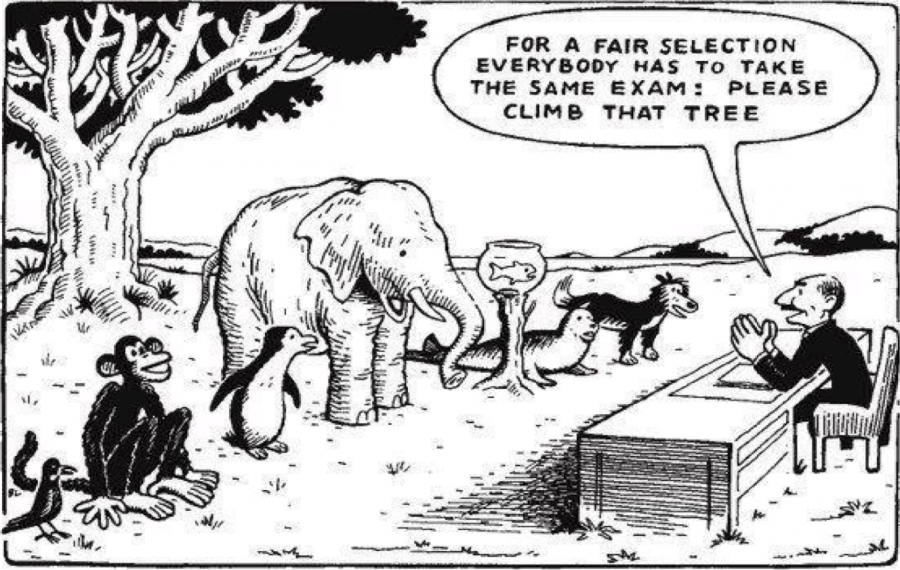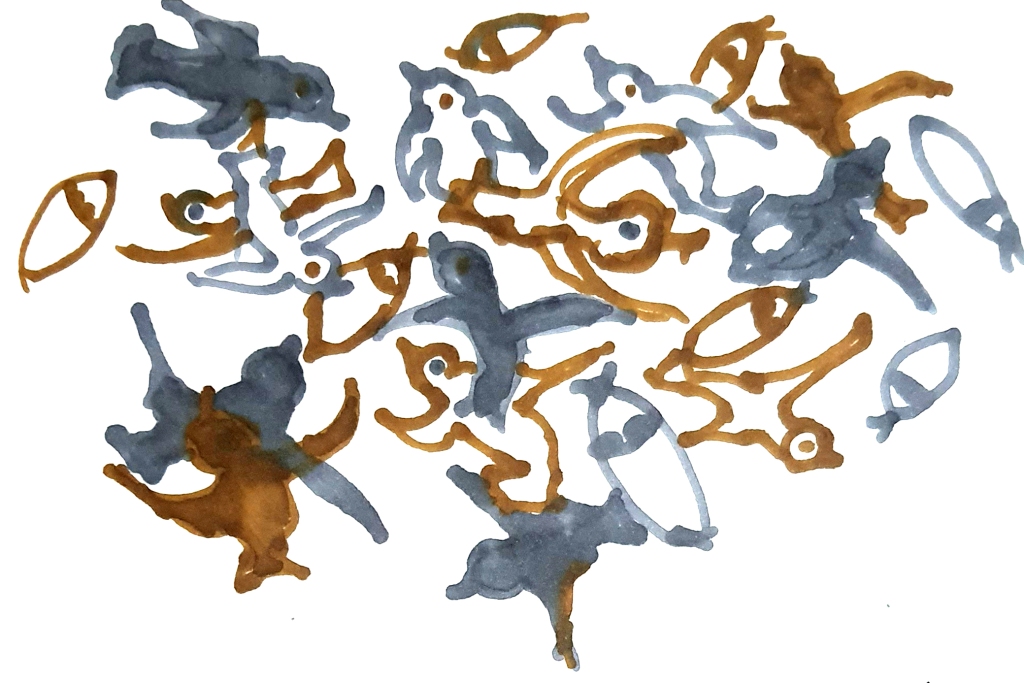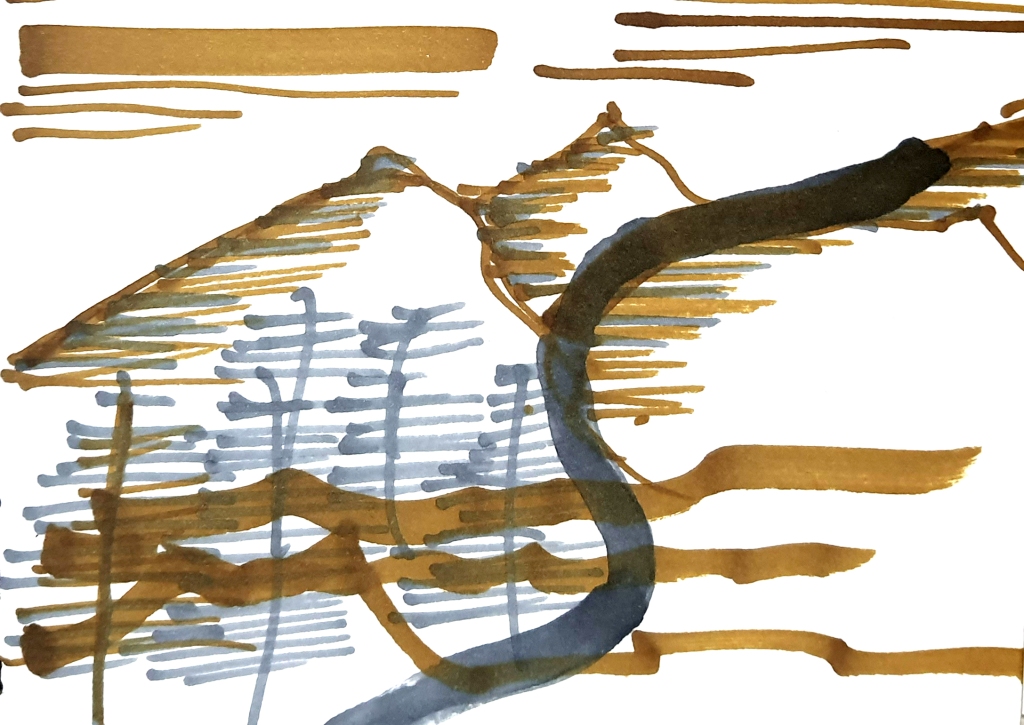06-11-2020
This week was quite different maybe because it was the last week for our first cycle, already been five weeks and lots of explorations and thinking. The approach towards thinking tool was different this time and I will present it here also in the same manner. It started with performing an action. We were given two different pictures one of human heart and second of traffic system, and we divided ourselves into two groups. The first step was to label each of the features that we see in the image, even get the right words for labelling by searching on google. The next step that followed was to see the labels in both the images and make connections, meaning using the heart as a source to explain a traffic system. If I give an example: Blood in a heart : Vehicles in traffic system. And me and my peers made many of such correspondence or transferring of meanings from the heart to the traffic system, that are visible in the image below:

But, why were we doing it? This process of transferring of meaning from one subject to another, from one that you know very well (source) to one that you are trying to make sense of (target) is known as analogical thinking. Here the connections are not exact but are proportionate based on the correspondence seen between the source and the target. Analogical thinking helps to build a mental model. Analogies exist in our day-to-day life. But, rightly asked by one of my peers was “Isn’t it similar to metaphors?”. The answer is it’s not, there is difference in the way the comparison is made. In metaphors there is a direct comparison, like saying “this is it” but at the same time there is a room for interpretations also. But in analogy the comparison is made between parts of the two whole, it is more comprehensive and doesn’t provide the room for interpretations. For example the image given below is a visual metaphor of a classroom. It represents that all children are different but are asked to give a same exam and teacher is always on the other side of the table.

The mental models that analogical thinking provides is used to explain something abstract that one wants to put in front of someone or to explain it to someone. For example, an atom can be explained by comparing it to the parts of the solar system, the nucleus in the atom is similar to the sun in the solar system. It helps in transferring of meanings to make sense of the abstract.
Apart from this, the illustrating session this week was if I put here: very “harmonic”. It was about practising, observing and developing a visual vocabulary. Though I had missed the session because of bad internet connection, thanks to Srivi as I was able to ponder back through the recording. Couldn’t have imagined missing this one, a session full of references. It started with creating, creating harmony using shapes, which was then followed by dwelling inside the book “Art Fundamentals: Theory and Practice”. Here idea was to develop a vocabulary, how to talk about art, what to talk, how to assess or critic my own work. Looking and reinterpreting the works of various artists like Ansel Adams, Ben Shahn, Pat Steir, etc. to name the few (I have discussed some in the Prakirnha section of my blog) the idea was to capture the principles that were pertinent in their art. Images below shows some of these reinterpretations:
To me, Observing-Adapting-Creating has been the theme of all the illustrating sessions. It helped me to learn, engage and expand my practice through training my mind, eye, perception and methods of practices. The session then culminated with understanding various compositional principles in book making through observing various graphic story books. Observing the use of scales, element, textures, colours, harmony, balance, unity, dynamism helped me to develop an eye towards the way of reading the graphics and illustrations. I have decided to constantly nurture the abilities that I have developed through all the upskilling sessions and the only ethical way of doing this is constantly practising these thinking-reading-making tools. Practising till it gets embedded in my ways of working, till it becomes a habit.







